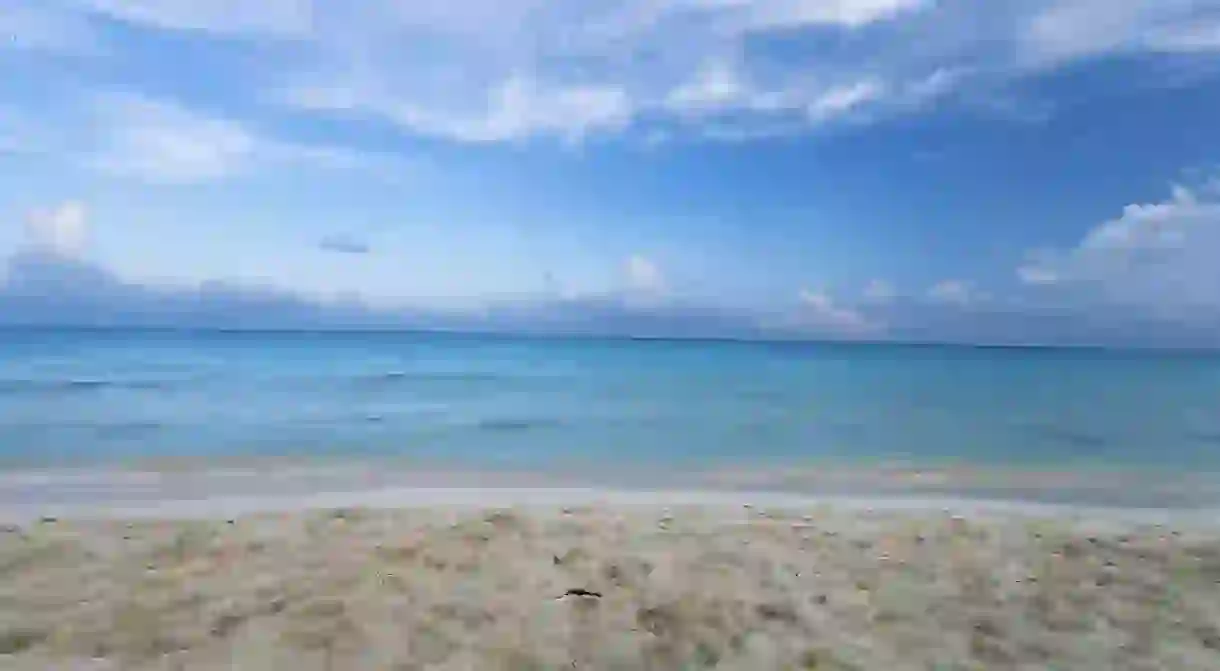8 Reasons to Explore Costa Rica’s Caribbean Coast

Costa Rica’s Caribbean coast is often referred to as “the other Costa Rica.” The Caribbean side is quite different than the Pacific coast in a number of ways. Depending on the type of experience you want as a visitor, one side may be more suited to you, but both coasts are definitely worth exploring. When most think of the Caribbean, clear turquoise waters, palm trees, reggae music, and flavorful dishes often come to mind—this is Costa Rica’s Caribbean coast too!
Some of the most ecologically diverse protected areas
The Caribbean side is a 201-kilometer (125-mile) stretch of coastline between Panama and Nicaragua, and approximately 70% of this coast is a protected area. Due to the extensive protected areas and the high annual rainfall, the Caribbean coast is abundant with flora and fauna. For nature lovers, this coast is quite a magical place where wildlife sightings are frequent. The Barra del Colorado, Parque National Tortuguero, Cahuita National Park, and Gandoca-Manzanillo Wildlife Reserve are all on the Caribbean side of Costa Rica.

Ocean adventurer’s paradise
For the adventurous ocean lover, the Caribbean offers a lot of exciting activities. As multiple surf breaks produce some world-class waves on the right swell, an experienced surfer would find bliss here. There is also great diving, both snorkeling and scuba diving, in the Cahuita National Park and Punta Uva. Those interested in catching their own dinner have an excellent chance of doing so on a fishing tour where red snapper, mackerel, and several other types of fish are abundant. Only catch what you can eat though!

Vibrant multiculturalism
The culture on the Caribbean side is diverse and very different from the rest of the country. About one-third of the population is of Jamaican decent, and there is still prevalent Bribri and Cabecar (indigenous tribes) populations, especially in the Talamanca area. Also, the expatriates who have settled into Caribbean life here come from across the globe and not just North America, which is more common on the Pacific side. The mixture of cultures creates a special scene—one that is very harmonious.
Come for the food
The food on the Caribbean side is exceptional, and while staple elements may be similar to the rest of Costa Rica, the preparation and seasonings are unique. The rice and beans are cooked in coconut milk, for starters. Some of the common flavors found in Caribbean food are coconut, ginger, curry, allspice, thyme, and pepper. A must-try dish is rondon, which is essentially seafood stew. Fresh seafood is mixed with a coconut cream broth containing sweet potatoes, taro, cassava, plantains, and breadfruit.
Less populated, less crowded
Until recently, traveling to the Caribbean coast was a bit treacherous. While it is still a bit of a hike and some places can only be accessed via boat or plane, exploring this captivating coastline is becoming more manageable with improved road development. However, it is this slight difficulty that has kept the crowds and large-scale development and resorts away. The Caribbean definitely has a more laid-back, backpacker, adventurer, surfer, free spirit type of vibe, but there are a few upscale boutique accommodations as well. This coast is also a little bit less expensive than the Pacific side.

Rastafarian vibrations
Sloth Sanctuary
Natural Feature, Park

Chocolate














